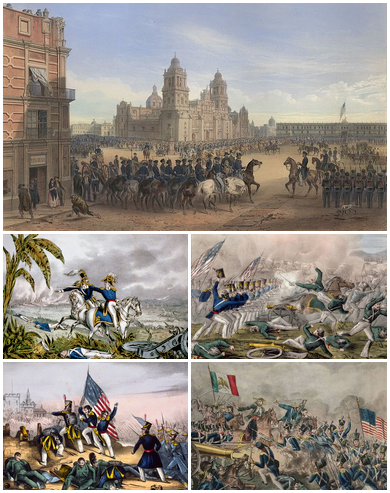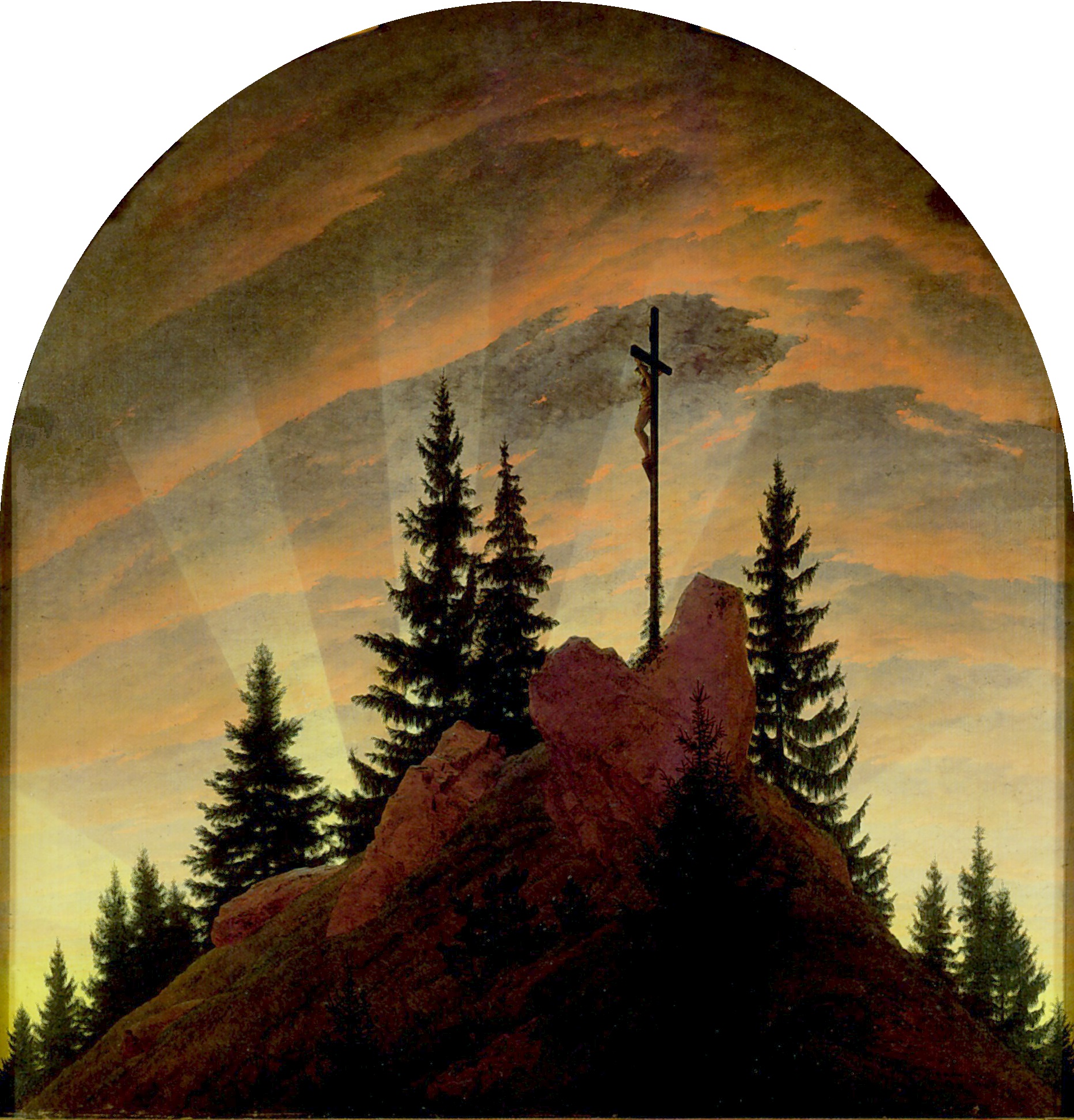|
Ferdinand Becker
Joseph Ferdinand Becker (1846–1877) was a German painter. Life He was born at Gonsenheim on 2 July 1846, the son of an innkeeper. Becker's father was initially opposed to him following an artistic career, but was eventually persuaded otherwise by the painter August Gustav Lasinsky who was decorating a church at Finthen. Lasinsky – an artist working under the influence of the Nazarene Brotherhood – took Becker on as a pupil between 1865 and 1868, and Becker assisted his teacher on decorations at the church of St Ignaz in Mainz, and at Mainz Cathedral. In 1868 he moved to Frankfurt, where he studied under Eduard von Steinle at the Städel Kunstinstitut. Steinle encouraged him to make works illustrating folk tales, which he executed in watercolour. His growing reputation led to a commission from the Prince Georg zu Löwenstein-Wertheim-Freudenberg to decorate the chapel of Löwenstein Castle at Kleinheubach am Main (1870–1) and in 1872 he painted an altarpiece for the ... [...More Info...] [...Related Items...] OR: [Wikipedia] [Google] [Baidu] |
Gonsenheim
Gonsenheim is a borough in the northwest corner of Mainz, Germany. With about 25,000 inhabitants, it is the second-most populated borough of Mainz, before Oberstadt and after Neustadt. History Protohistory The history of Gonsenheim reaches back to the Neolithic Era, the Chalcolithic Europe (2800 to 2400 B.C.). Finds of prehistoric people in Gonsenheim can be dated back to the late Neolithic period (2800 BC to 2200 BC). The Beilde pot find in the Gewann Auf dem Kästrich (today: "An der Ochsenwiese") near the Gonsenheim railway station is probably of supra-regional significance for Gonsenheim's prehistory. Here, in 1850, five polished flat Jadeite axes were found in the sand dunes typical of Gonsenheim, which can be assigned to the Late Neolithic period. These axes were of high material value at that time and were probably imported from the Maritime Alps. From the time of the hill grave culture (1600-1300/1200 BC) there are some grave finds from hill graves in Gonsenheim; the set ... [...More Info...] [...Related Items...] OR: [Wikipedia] [Google] [Baidu] |
St Peter's Church, Mainz
ST, St, or St. may refer to: Arts and entertainment * Stanza, in poetry * Suicidal Tendencies, an American heavy metal/hardcore punk band * Star Trek ''Star Trek'' is an American science fiction media franchise created by Gene Roddenberry, which began with the eponymous 1960s television series and quickly became a worldwide pop-culture phenomenon. The franchise has expanded into vario ..., a science-fiction media franchise * Summa Theologica, a compendium of Catholic philosophy and theology by St. Thomas Aquinas * St or St., abbreviation of "State", especially in the name of a college or university Businesses and organizations Transportation * Germania (airline) (IATA airline designator ST) * Maharashtra State Road Transport Corporation, abbreviated as State Transport * Sound Transit, Central Puget Sound Regional Transit Authority, Washington state, US * Springfield Terminal Railway (Vermont) (railroad reporting mark ST) * Suffolk County Transit, or Suffolk Tran ... [...More Info...] [...Related Items...] OR: [Wikipedia] [Google] [Baidu] |
1877 Deaths
Events January–March * January 1 – Queen Victoria is proclaimed '' Empress of India'' by the '' Royal Titles Act 1876'', introduced by Benjamin Disraeli, the Prime Minister of the United Kingdom . * January 8 – Great Sioux War of 1876 – Battle of Wolf Mountain: Crazy Horse and his warriors fight their last battle with the United States Cavalry in Montana. * January 20 – The Conference of Constantinople ends, with Ottoman Turkey rejecting proposals of internal reform and Balkan provisions. * January 29 – The Satsuma Rebellion, a revolt of disaffected samurai in Japan, breaks out against the new imperial government; it lasts until September, when it is crushed by a professionally led army of draftees. * February 17 – Major General Charles George Gordon of the British Army is appointed Governor-General of the Sudan. * March – '' The Nineteenth Century'' magazine is founded in London. * March 2 – Compromise of ... [...More Info...] [...Related Items...] OR: [Wikipedia] [Google] [Baidu] |
1846 Births
Events January–March * January 5 – The United States House of Representatives votes to stop sharing the Oregon Country with the United Kingdom. * January 13 – The Milan–Venice railway's bridge, over the Venetian Lagoon between Mestre and Venice in Italy, opens, the world's longest since 1151. * February 4 – Many Mormons begin their migration west from Nauvoo, Illinois, to the Great Salt Lake, led by Brigham Young. * February 10 – First Anglo-Sikh War: Battle of Sobraon – British forces defeat the Sikhs. * February 18 – The Galician slaughter, a peasant revolt, begins. * February 19 – United States president James K. Polk's annexation of the Republic of Texas is finalized by Texas president Anson Jones in a formal ceremony of transfer of sovereignty. The newly formed Texas state government is officially installed in Austin. * February 20– 29 – Kraków uprising: Galician slaughter – Polish nationalists stage an uprising in the Free City o ... [...More Info...] [...Related Items...] OR: [Wikipedia] [Google] [Baidu] |
German Male Painters
German(s) may refer to: * Germany (of or related to) **Germania (historical use) * Germans, citizens of Germany, people of German ancestry, or native speakers of the German language ** For citizens of Germany, see also German nationality law ** Germanic peoples (Roman times) * German language **any of the Germanic languages * German cuisine, traditional foods of Germany People * German (given name) * German (surname) * Germán, a Spanish name Places * German (parish), Isle of Man * German, Albania, or Gërmej * German, Bulgaria * German, Iran * German, North Macedonia * German, New York, U.S. * Agios Germanos, Greece Other uses * German (mythology), a South Slavic mythological being * Germans (band), a Canadian rock band * "German" (song), a 2019 song by No Money Enterprise * '' The German'', a 2008 short film * " The Germans", an episode of ''Fawlty Towers'' * ''The German'', a nickname for Congolese rebel André Kisase Ngandu See also * Germanic (disambigua ... [...More Info...] [...Related Items...] OR: [Wikipedia] [Google] [Baidu] |
19th-century German Male Artists
The 19th (nineteenth) century began on 1 January 1801 ( MDCCCI), and ended on 31 December 1900 ( MCM). The 19th century was the ninth century of the 2nd millennium. The 19th century was characterized by vast social upheaval. Slavery was abolished in much of Europe and the Americas. The First Industrial Revolution, though it began in the late 18th century, expanding beyond its British homeland for the first time during this century, particularly remaking the economies and societies of the Low Countries, the Rhineland, Northern Italy, and the Northeastern United States. A few decades later, the Second Industrial Revolution led to ever more massive urbanization and much higher levels of productivity, profit, and prosperity, a pattern that continued into the 20th century. The Islamic gunpowder empires fell into decline and European imperialism brought much of South Asia, Southeast Asia, and almost all of Africa under colonial rule. It was also marked by the collapse of the la ... [...More Info...] [...Related Items...] OR: [Wikipedia] [Google] [Baidu] |
Typhus
Typhus, also known as typhus fever, is a group of infectious diseases that include epidemic typhus, scrub typhus, and murine typhus. Common symptoms include fever, headache, and a rash. Typically these begin one to two weeks after exposure. The diseases are caused by specific types of bacterial infection. Epidemic typhus is due to '' Rickettsia prowazekii'' spread by body lice, scrub typhus is due to ''Orientia tsutsugamushi'' spread by chiggers, and murine typhus is due to '' Rickettsia typhi'' spread by fleas. Vaccines have been developed, but none are commercially available. Prevention is achieved by reducing exposure to the organisms that spread the disease. Treatment is with the antibiotic doxycycline. Epidemic typhus generally occurs in outbreaks when poor sanitary conditions and crowding are present. While once common, it is now rare. Scrub typhus occurs in Southeast Asia, Japan, and northern Australia. Murine typhus occurs in tropical and subtropical areas ... [...More Info...] [...Related Items...] OR: [Wikipedia] [Google] [Baidu] |
Ludwig II
Ludwig II (Ludwig Otto Friedrich Wilhelm; 25 August 1845 – 13 June 1886) was King of Bavaria from 1864 until his death in 1886. He is sometimes called the Swan King or ('the Fairy Tale King'). He also held the titles of Count Palatine of the Rhine, Duke of Bavaria, Duke of Franconia, and Duke in Swabia. Ludwig ascended to the throne in 1864 at the age of 18. Two years later, Bavaria and Austria fought a war against Prussia lasting only a matter of weeks, which they lost. However, in the Franco-Prussian War of 1870, Bavaria sided with Prussia in their successful war against France. Despite Ludwig's reluctance to support the Unification of Germany, Bavaria and 21 other monarchies became part of the new German Empire in 1871 (), with Wilhelm I, the King of Prussia and Ludwig's cousin, as the German Emperor (). Bavaria retained a large degree of autonomy within the Empire under the new Imperial Constitution. Ludwig increasingly withdrew from day-to-day affairs of state in favo ... [...More Info...] [...Related Items...] OR: [Wikipedia] [Google] [Baidu] |
Landesmuseum Mainz
The Landesmuseum Mainz, or Mainz State Museum, is a museum of art and history in Mainz, Germany. In March 2010 it reopened in full after an extensive renovation. The museum has its roots in a painting collection donated by Napoleon and Chaptal to the city of Mainz in 1803. It moved into its current location, in the former electoral stables, in 1937, by which time it had grown significantly. It received its present name in 1986, and was renovated and modernised from 2004 to 2010.The history of the Landesmuseum Mainz Collections (Partial list.) Pre-Historic and Roman Departments Antiquities from the Mainz area, including a Venus-l ...[...More Info...] [...Related Items...] OR: [Wikipedia] [Google] [Baidu] |
Galerie Neue Meister
The Galerie Neue Meister (, ''New Masters Gallery'') in Dresden, Germany, displays around 300 paintings from the 19th century until today, including works from Otto Dix, Edgar Degas, Vincent van Gogh and Claude Monet. The gallery also exhibits a number of sculptures from the Dresden Sculpture Collection from the same period. The museum's collection grew out of the Old Masters Gallery, for which contemporary works were increasingly purchased after 1843. The New Masters Gallery is part of the Staatliche Kunstsammlungen (State Art Collections) of Dresden. It is located in the Albertinum. History The collection began as part of the Dresden Painting Gallery. The purchase of contemporary works, creating the "Modern Department", was stepped up in 1843 under Bernhard von Lindenau, director of the Royal Museums, who personally donated 700 talers each year for this purpose. The Academic Council, responsible for the gallery and the Academy of Fine Arts, also contributed 50 percent ... [...More Info...] [...Related Items...] OR: [Wikipedia] [Google] [Baidu] |
Brothers Grimm
The Brothers Grimm ( or ), Jacob (1785–1863) and Wilhelm (1786–1859), were a brother duo of German academics, philologists, cultural researchers, lexicographers, and authors who together collected and published folklore. They are among the best-known storytellers of folk tales, popularizing stories such as "Cinderella" ("), " The Frog Prince" (""), " Hansel and Gretel" ("), " Little Red Riding Hood" (""), " Rapunzel", " Rumpelstiltskin" (""), " Sleeping Beauty" (""), and "Snow White" (""). Their first collection of folk tales, '' Children's and Household Tales'' (), began publication in 1812. The Brothers Grimm spent their formative years in the town of Hanau in the Landgraviate of Hesse-Kassel. Their father's death in 1796 (when Jacob was eleven and Wilhelm was ten) caused great poverty for the family and affected the brothers many years after. Both brothers attended the University of Marburg, where they developed a curiosity about German folklore, which grew into a l ... [...More Info...] [...Related Items...] OR: [Wikipedia] [Google] [Baidu] |





